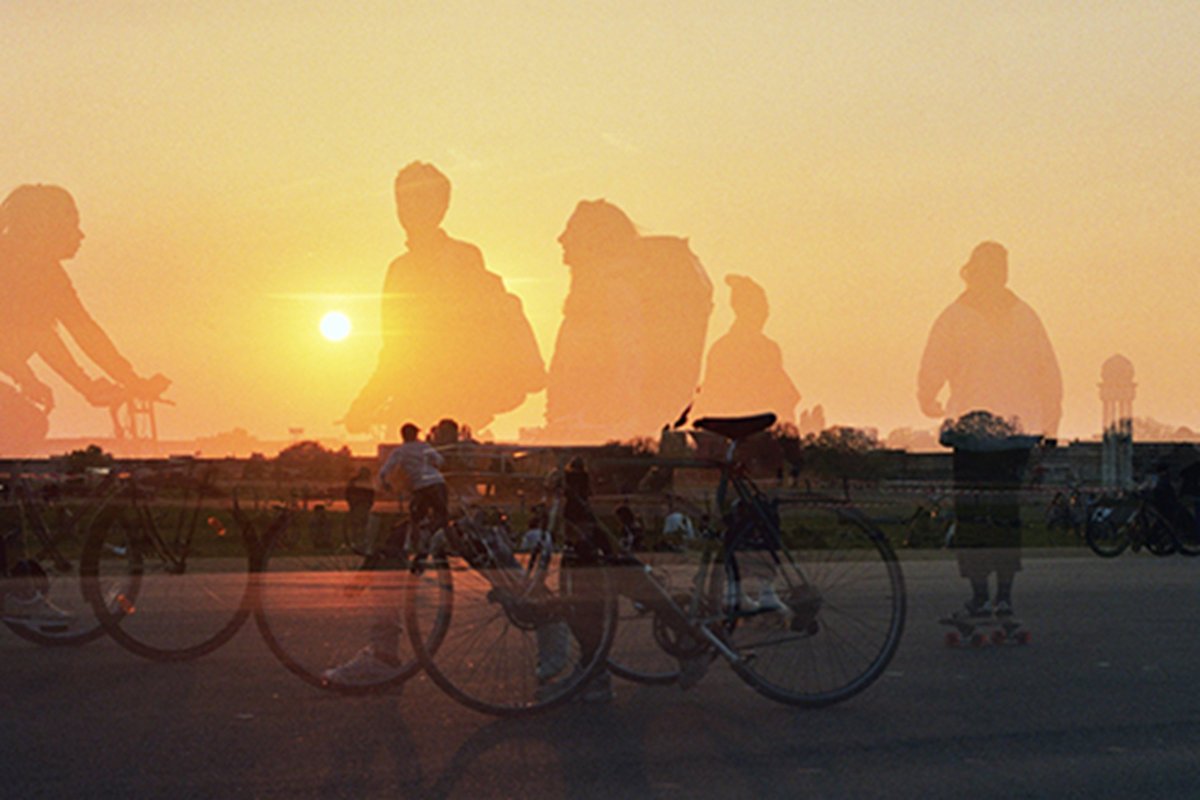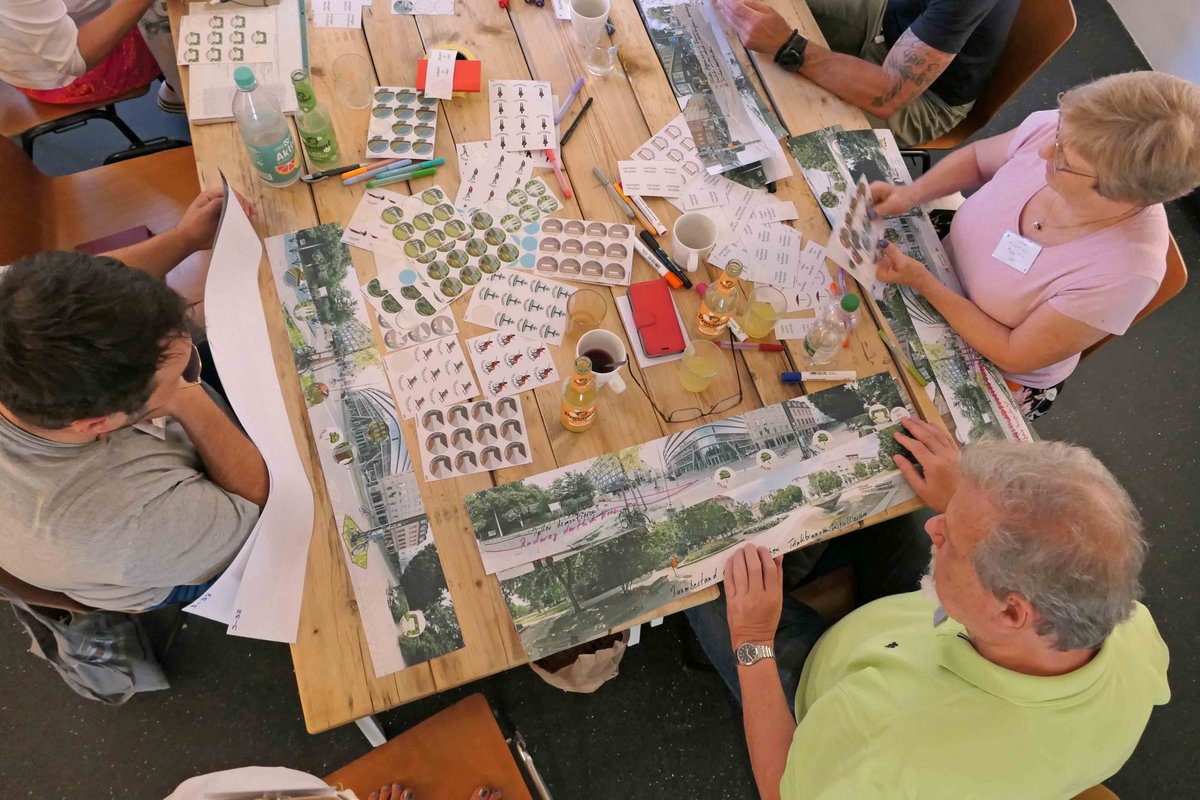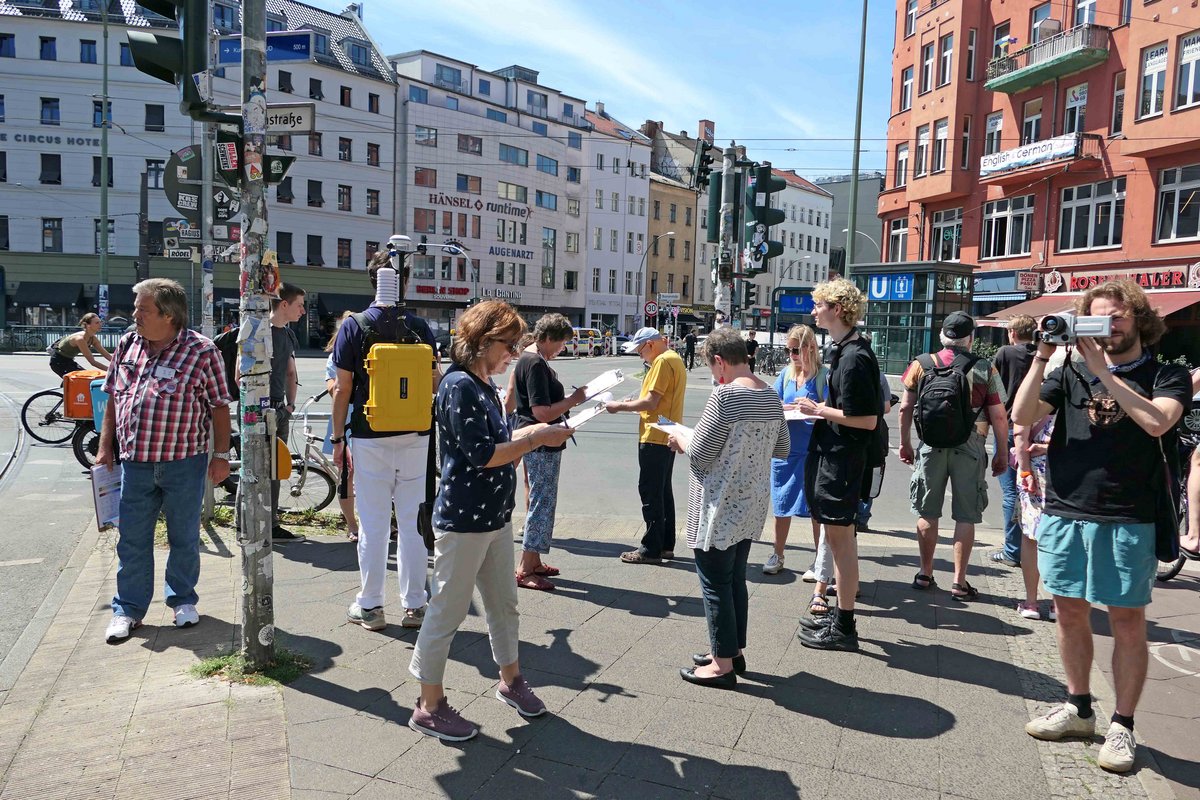Heat in the city
As a result of climate change, extreme weather events are occurring more frequently in Germany. The greatest challenge is posed by heat events in cities. This is already clearly noticeable today. An additional phenomenon associated with increasing urbanization is the urban heat island effect. In dense urban areas in particular, more intense and frequent heatwaves are therefore to be expected in the future. This will have a significant impact on heat stress and human health.
To date, research on this topic has mainly been carried out at a technical, planning and spatial level, but hardly any evaluation from a social science perspective. The "Heat in the City" project is now investigating the fundamental question of how people perceive heat in urban outdoor spaces, where it occurs most specifically and most clearly and thus significantly affects urban life. This study is being carried out in Berlin as an example. As a result, a better understanding of the effects of heat stress should lead to the development of sustainable, cooling measures in urban spaces.
About the "Heat in the city" project
Microclimatic city walks are the core of the one-year project, in which Climateflux GmbH and the Institute for Social Research Berlin GmbH are working closely with the Chair of Design and Energy-Efficient Building at BTU Cottbus-Senftenberg led by Prof. Dr.-Ing. Susan Draeger and under the direction of teaching and fellow researcher Jil Schroth: Selected test subjects walk through the city center of Berlin during a hot spell and document their thermal perception. At the same time, individual environmental factors are measured with a mobile weather station and spatially located using GPS tracking.
This scenario is used to analyze the relationship between the built urban environment, the microclimate and the heat perception of the people concerned and to map it both qualitatively and quantitatively. Focus groups then discuss the experience gained from the climate walks with the aim of identifying new requirements for the design of overheated inner city areas. In this way, recommendations for action for urban climate adaptation measures are developed, taking into account the concrete experiences of people in the city.
The project "Heat in the City" is supported by the Federal Institute for Research on Building, Urban Affairs and Spatial Development (BBSR) until May 2025 with 116,377.71 euros on behalf of the Federal Ministry of Housing, Urban Development and Building (BMWSB) with funds from the Zukunft Bau research funding program
Project: https: //www.zukunftbau.de/projekte/forschungsfoerderung/1008187-2443




